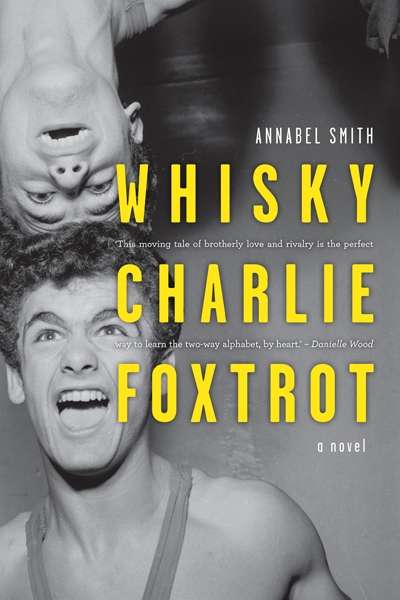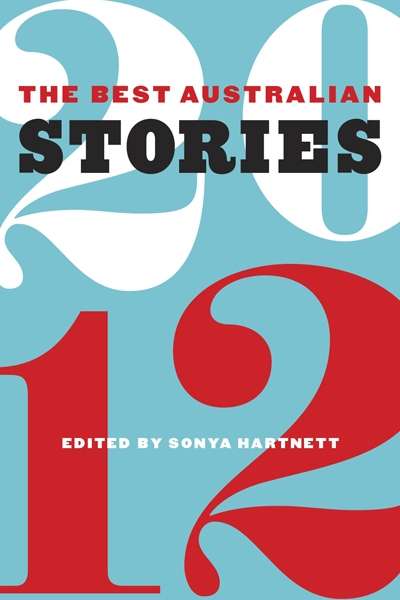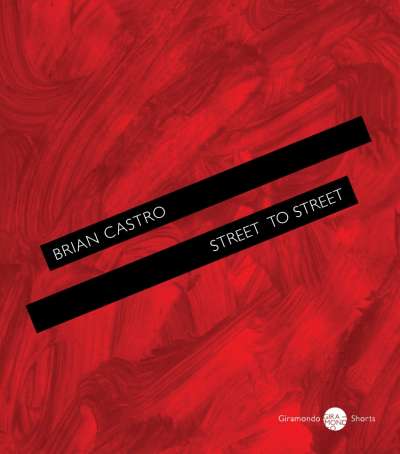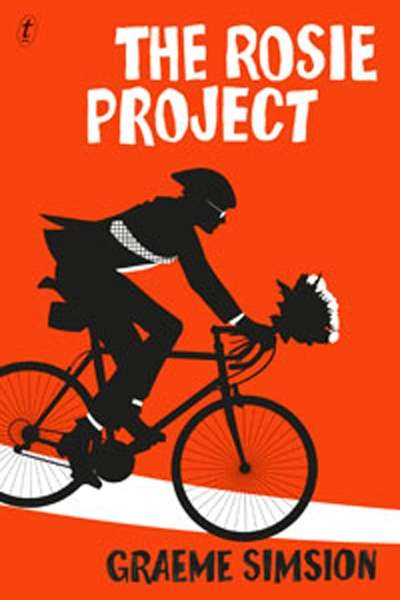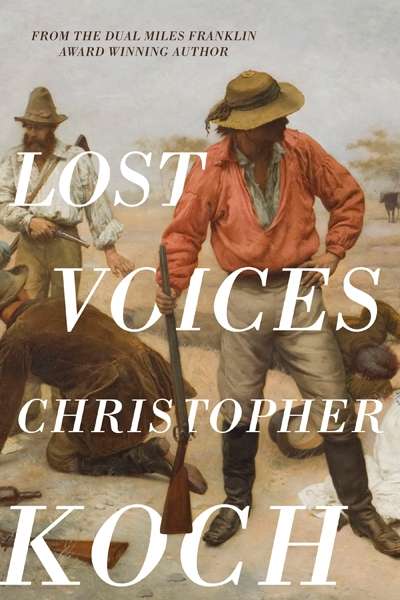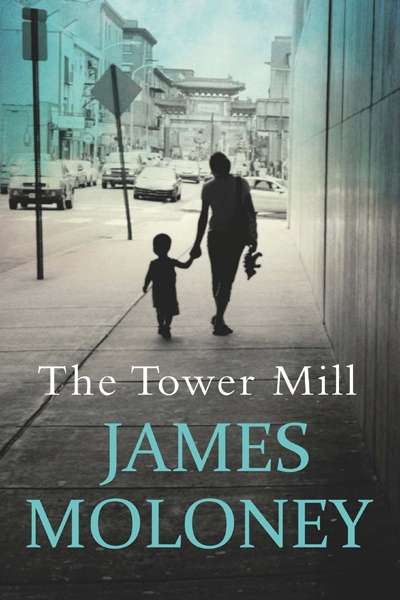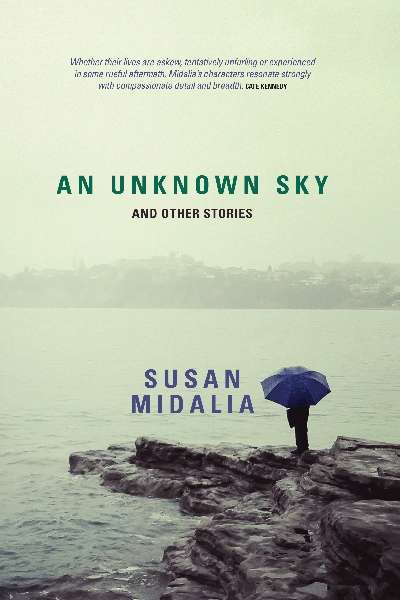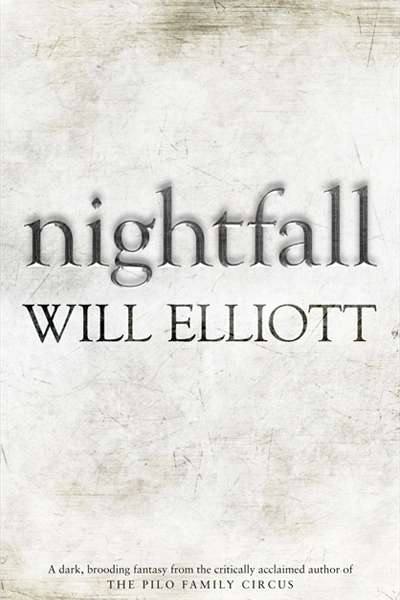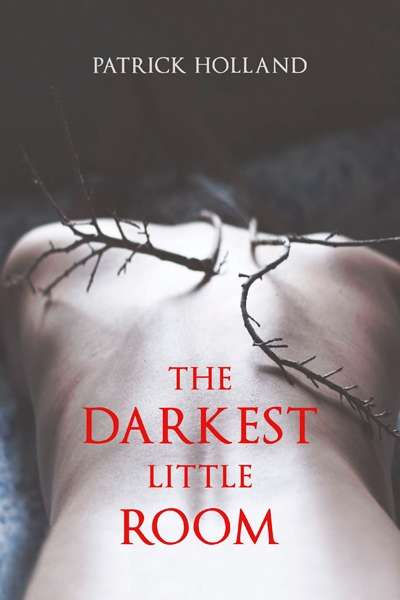Fiction
The greatest hurts you can endure or inflict on another are often in connection with siblings. The expectation of intimacy and potential for damage is obviously amplified when dealing with twins. As the father of two-year-old twin boys, I read this book with some trepidation.
... (read more)The Best Australian Stories 2012 edited by Sonya Hartnett
Sonya Hartnett’s début as editor of The Best Australian Stories is marked by a series of fictions about dysfunctional families, eccentrics, and misfits. The homeless, lonely, disenfranchised, intellectually disabled, sick, afflicted, even the dead, are featured alongside the privileged, rich, and famous in a macabre mardi gras. Readers familiar with Hartnett’s writing will recognise many of her own carnivalesque qualities.
... (read more)At the age of fourteen, Brendan Costa, not Brian Castro, visits a fortune teller. The Witch predicts a fortunate life, though one afflicted by a lack of awareness that may lead to loss of control and possible disaster. Castro is warning the reader to pay attention or lose the plot.
... (read more)In 2013, Asperger’s Syndrome will no longer officially exist – according to the updated Diagnostic and Statistical Manual of Mental Disorders, the American psychiatric manual used as a diagnostic bible around the world. Ironically, just as it begins its slow fade from the cultural landscape, Asperger’s attracts its own romantic comedy. The Rosie Project joins Toni Jordan’s Addition in this fledgling genre – the (screwball) romance of difference. In Bridget Jones’s Diary, the heroine knows that she has found her man when he declares that he likes her ‘just as you are’. Addition, with its obsessive-compulsive counting heroine, expanded the boundary of what that essential, loveable self can encompass; so does The Rosie Project, with its self-described ‘differently wired’ hero, Professor Don Tillman.
... (read more)‘There is another world, but it is in this one.’ That is Paul Éluard, channelled by Patrick White as one of four epigraphs to The Solid Mandala (1966), a ‘doubleman’ of a novel avant la lettre.Other quotations appended to this story of Waldo and Arthur Brown are taken from Meister Eckhart (‘It is not outside, it is inside: wholly within’) and Patrick Anderson (‘… yet still I long / for my twin in the sun …’).
... (read more)A good novel can use personal drama to humanise history. A small story becomes powerful because of the ideas it represents, and the political, removed from the realm of theory and made concrete, has a tangible impact that can foster empathy and understanding. When done poorly, as it is here, the reverse occurs and the large concepts are reduced, lessened into triviality by the hollowness of the tale.
... (read more)An Unknown Sky and Other Stories by Susan Midalia
From the opening page of this her second collection of stories, Susan Midalia propels her uncertain and wavering female character into an alien environment. Enter the concrete world of Moscow airport, its people who think you are simple if you smile at them, its ‘prowling men straight out of gangster movies’, tension as the blank, unblinking woman at immigration ‘held up a rubber stamp for ten, fifteen seconds, and then thumped it down on the passport. Petra felt her legs untighten.
... (read more)A young man wakes up in an unfamiliar world, with almost no knowledge of his previous life. He remembers committing suicide, but doesn’t remember why. This isn’t heaven or hell, though: as Aden explores his new surroundings, he soon realises that he has ended up in the fictional world created by his grandfather, an aspiring but unpublished author of epic fantasy.
... (read more)The Darkest Little Room by Patrick Holland
he Darkest Little Room, Patrick Holland’s latest novel, looks at sexual slavery and obsession in South-East Asia. The protagonist is Joseph, an Australian reporter travelling in Vietnam. Intent on finding a beautiful woman glimpsed briefly, he receives word that she may be working in a brothel known as ‘the darkest little room’. In pursuing this lead, Joseph meets and falls in love with a prostitute named Thuy. Attracted to her because she is ‘weak’ and ‘beautiful’, he wants to save her from her sordid way of life. Then Joseph starts purchasing heroin for Thuy. His morals are challenged and his life endangered.
... (read more)Ashley Sievwright’s second novel has several of the hallmarks of his Commonwealth Writers’ Prize-nominated début novel, The Shallow End (2008). At the heart of each is a mystery that slowly unfolds while never overwhelming the story. It is not the dénouement in either book that is important, but the effect that gradual revelations have on the main character’s highly internalised experience of life. Like the earlier book, Walter is filled with droll observations about life, presented at a gentle pace.
... (read more)

